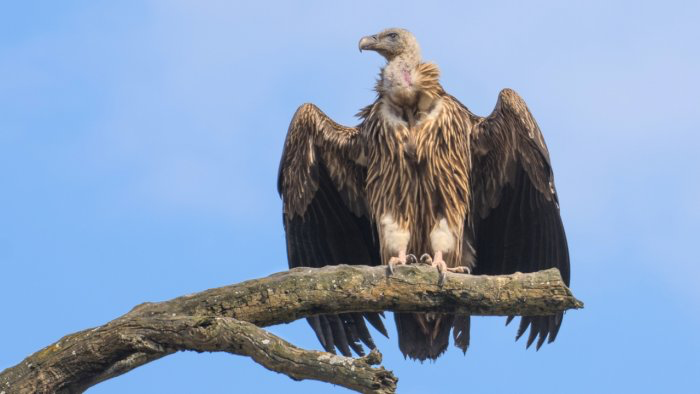Free Courses Sale ends Soon, Get It Now


Free Courses Sale ends Soon, Get It Now



Disclaimer: Copyright infringement not intended
Context
Details
Himalayan Vultures
Features/Characteristics
Habitat and Distribution
Threats
NSAIDS as major threat to vultures in India:
Diclofenac:
Habitat Loss:
Why vultures are important to protect nature?
‘Action Plan for Vulture Conservation 2020-25’
|
PRACTICE QUESTION Q. Which bird species plays a crucial role in the ecosystem by scavenging on carcasses, helping to prevent the spread of diseases, and is currently facing conservation challenges due to a decline in its population in the Himalayan region? a) Himalayan Eagle b) Himalayan Vulture c) Himalayan Owl d) Himalayan Falcon Answer: (B) |
© 2024 iasgyan. All right reserved